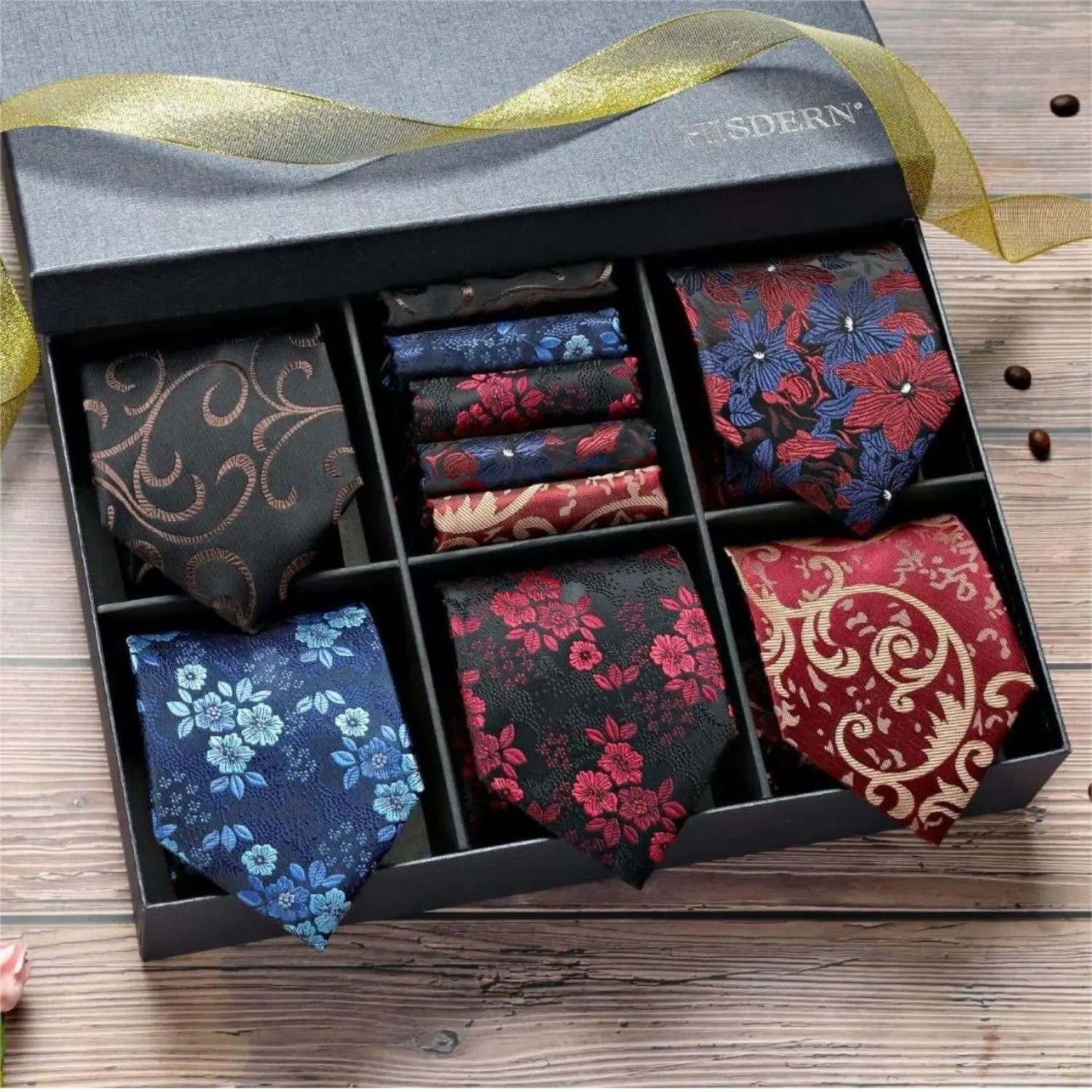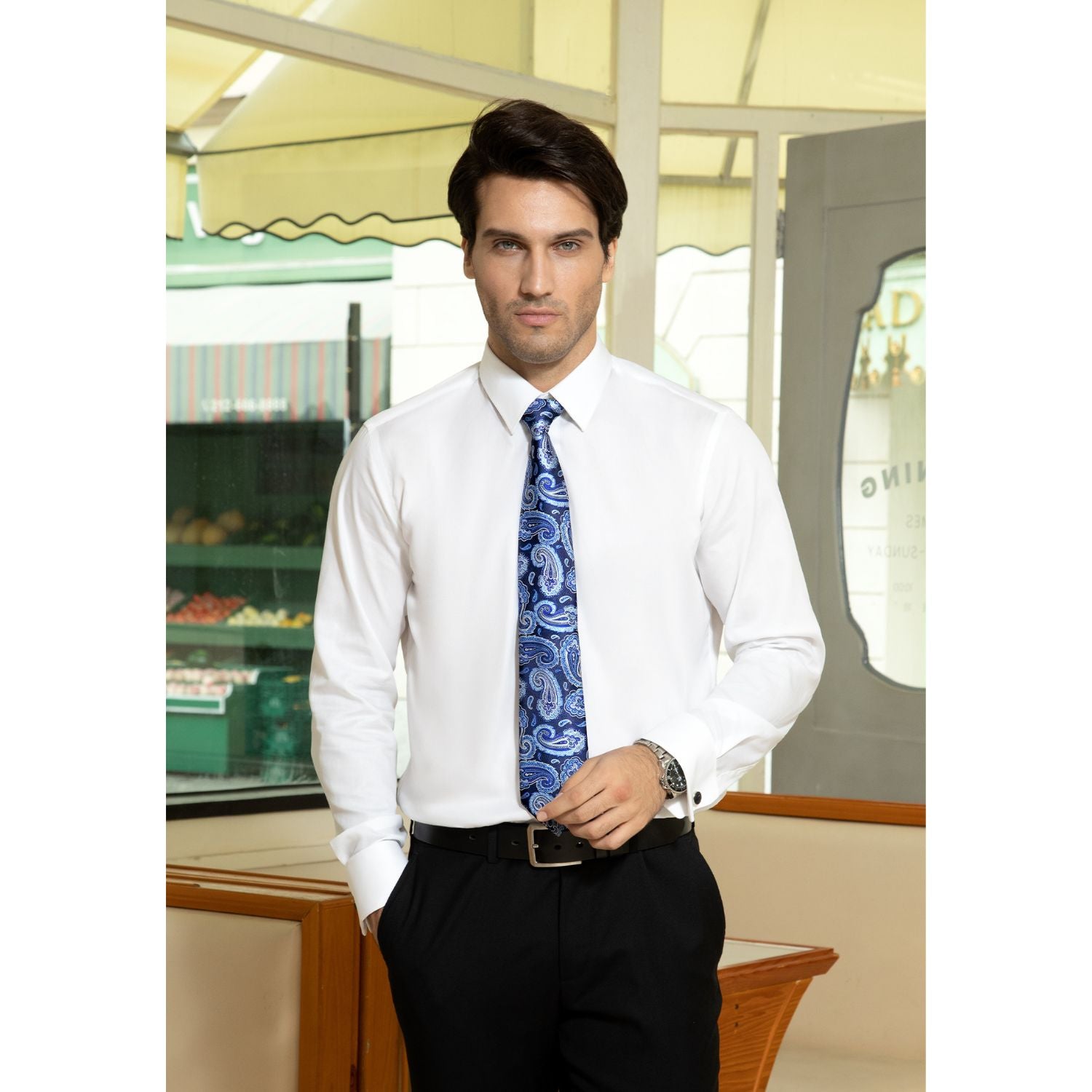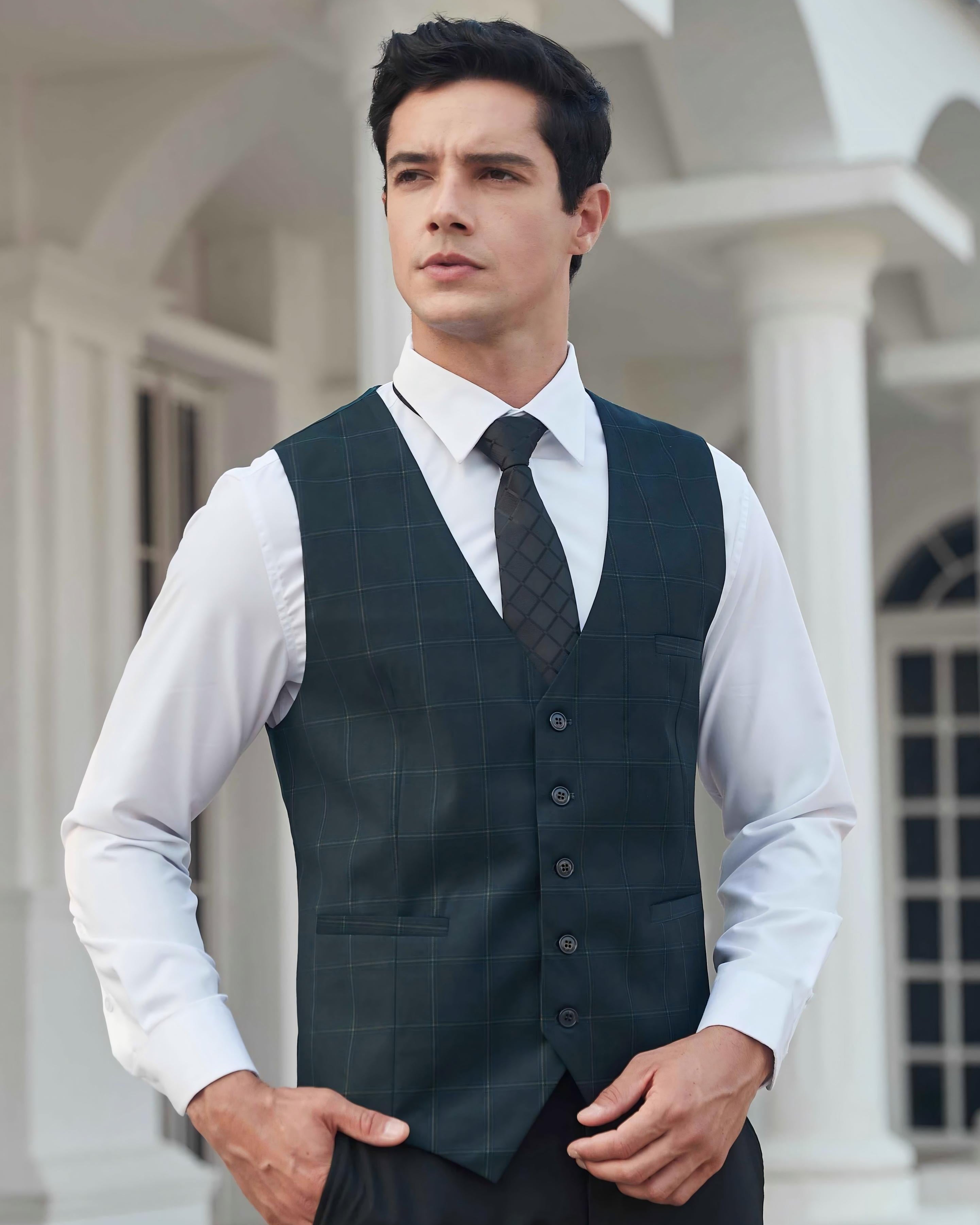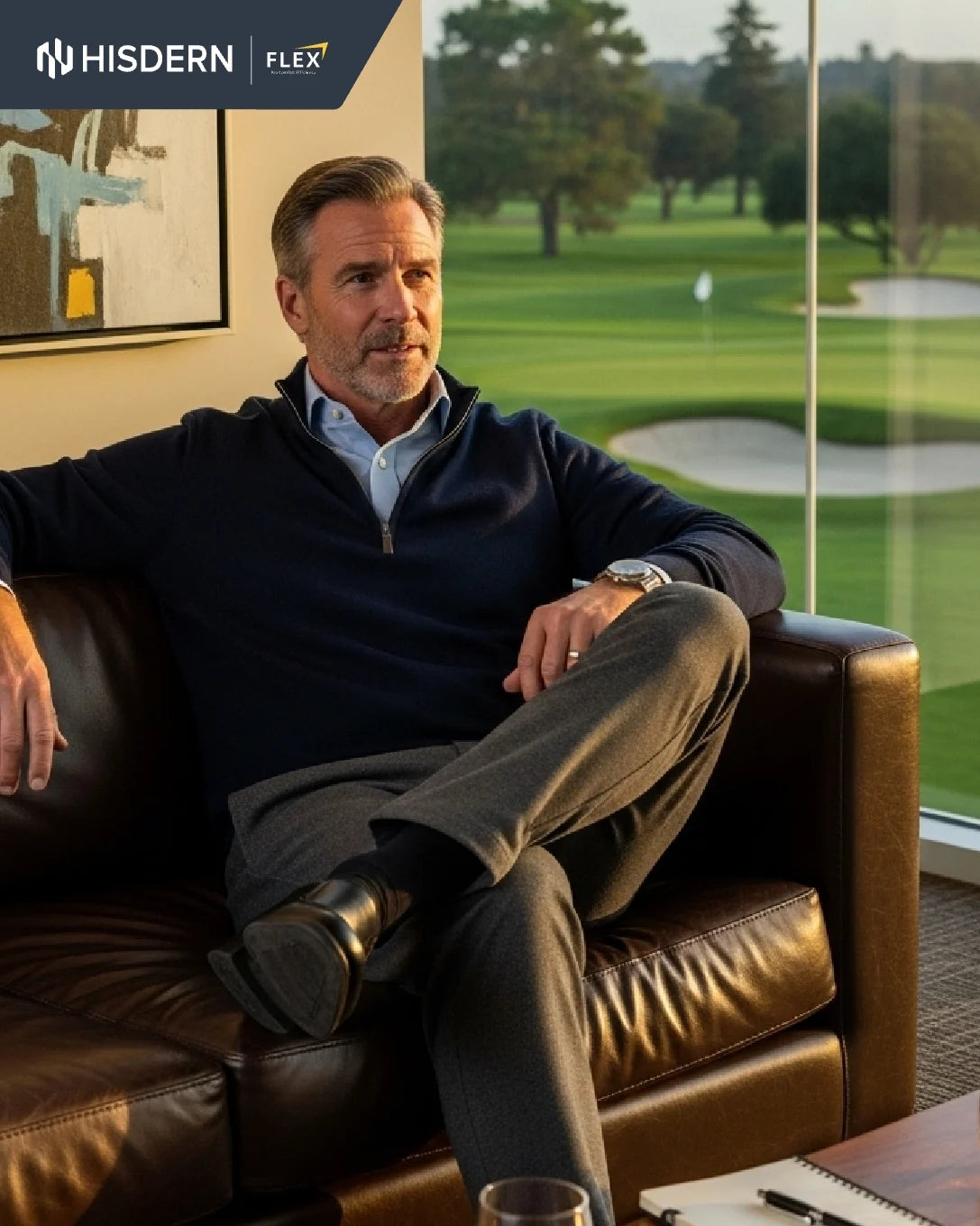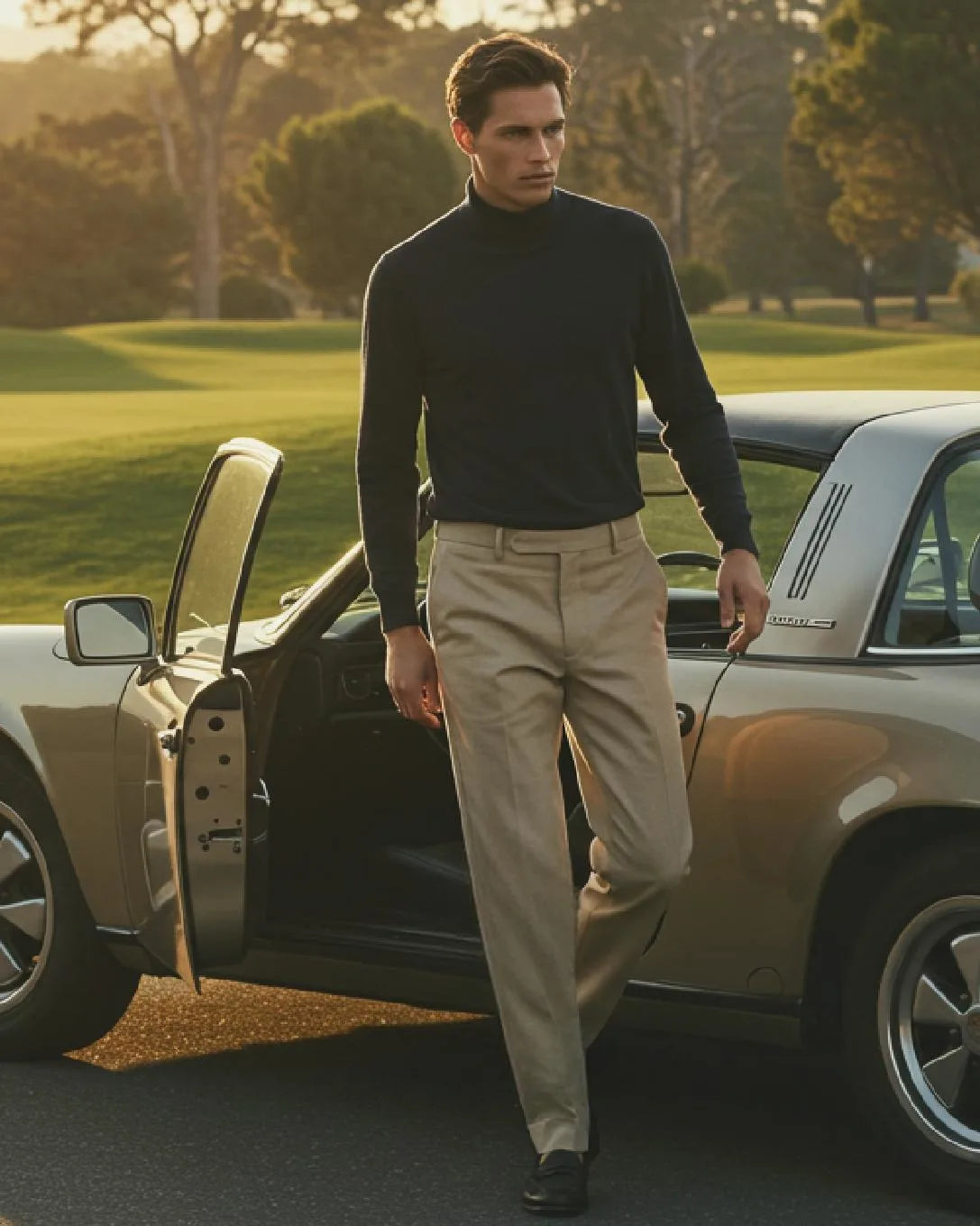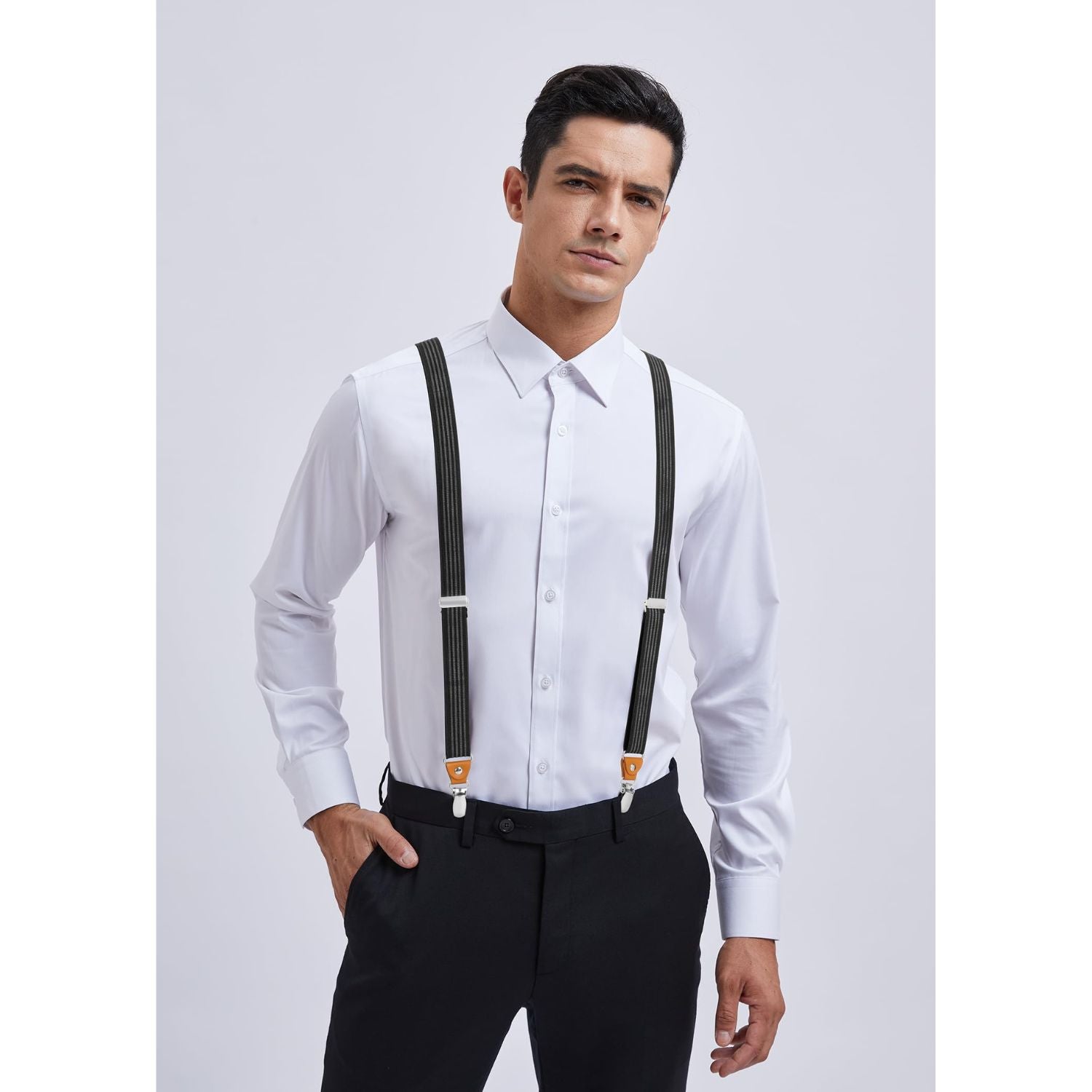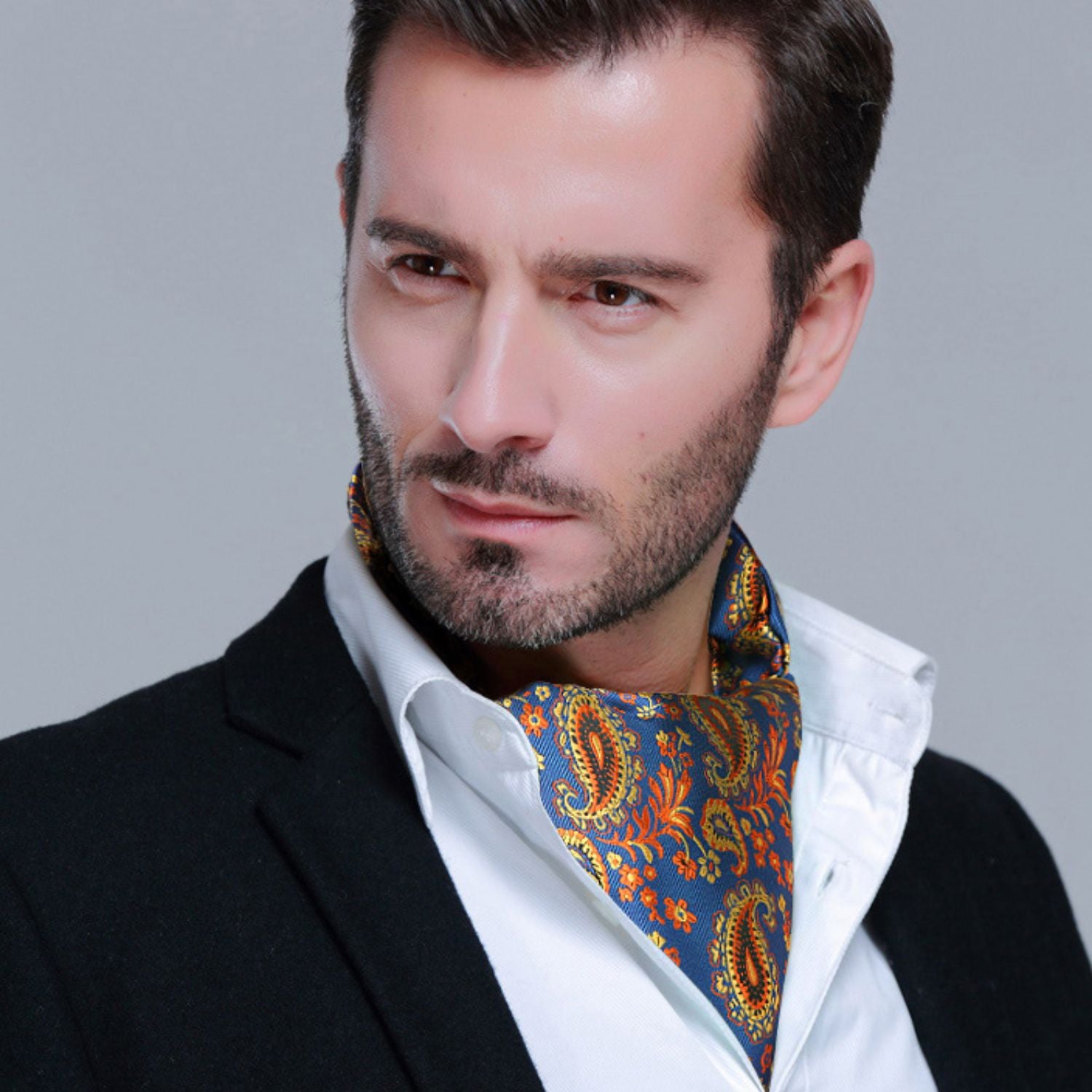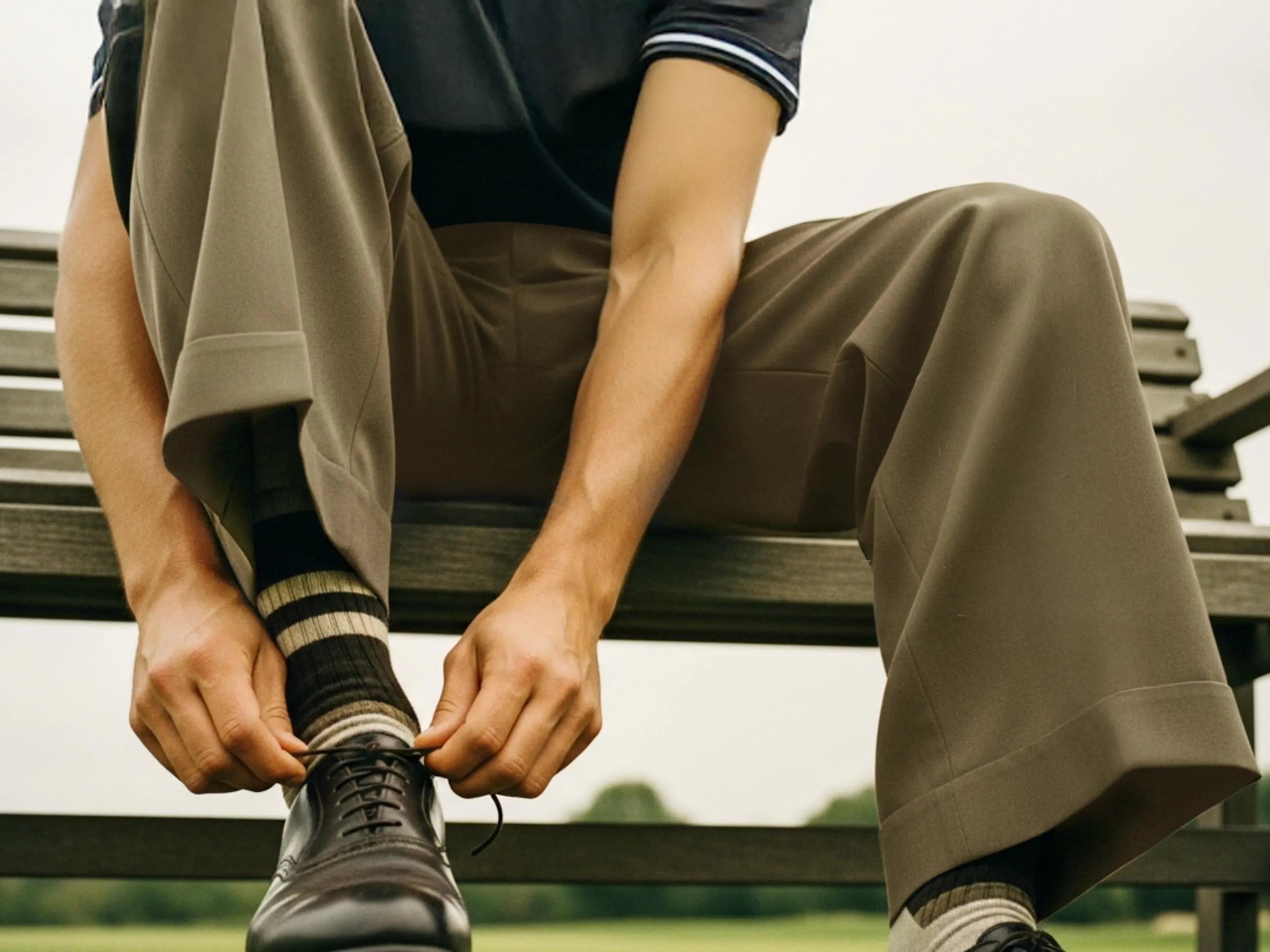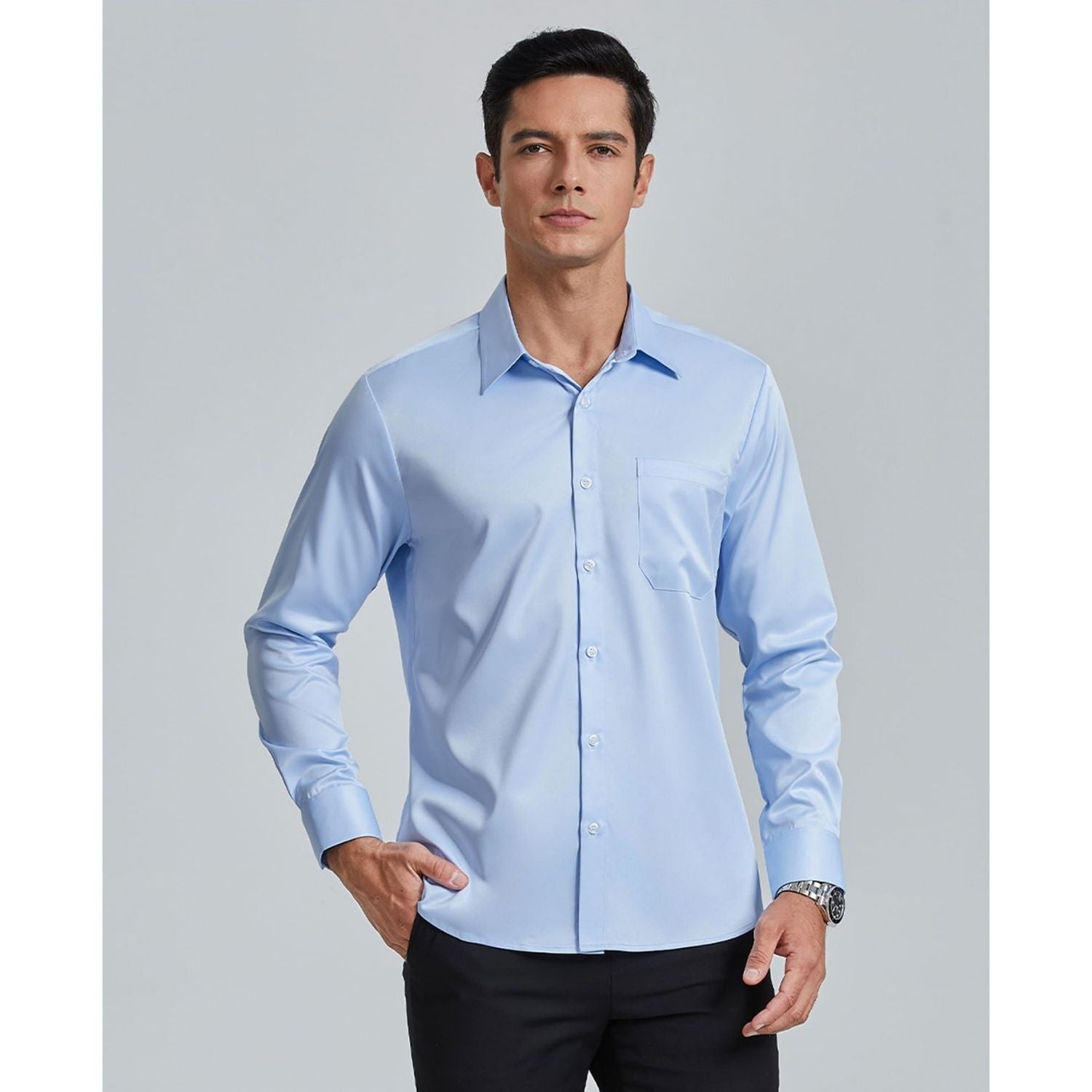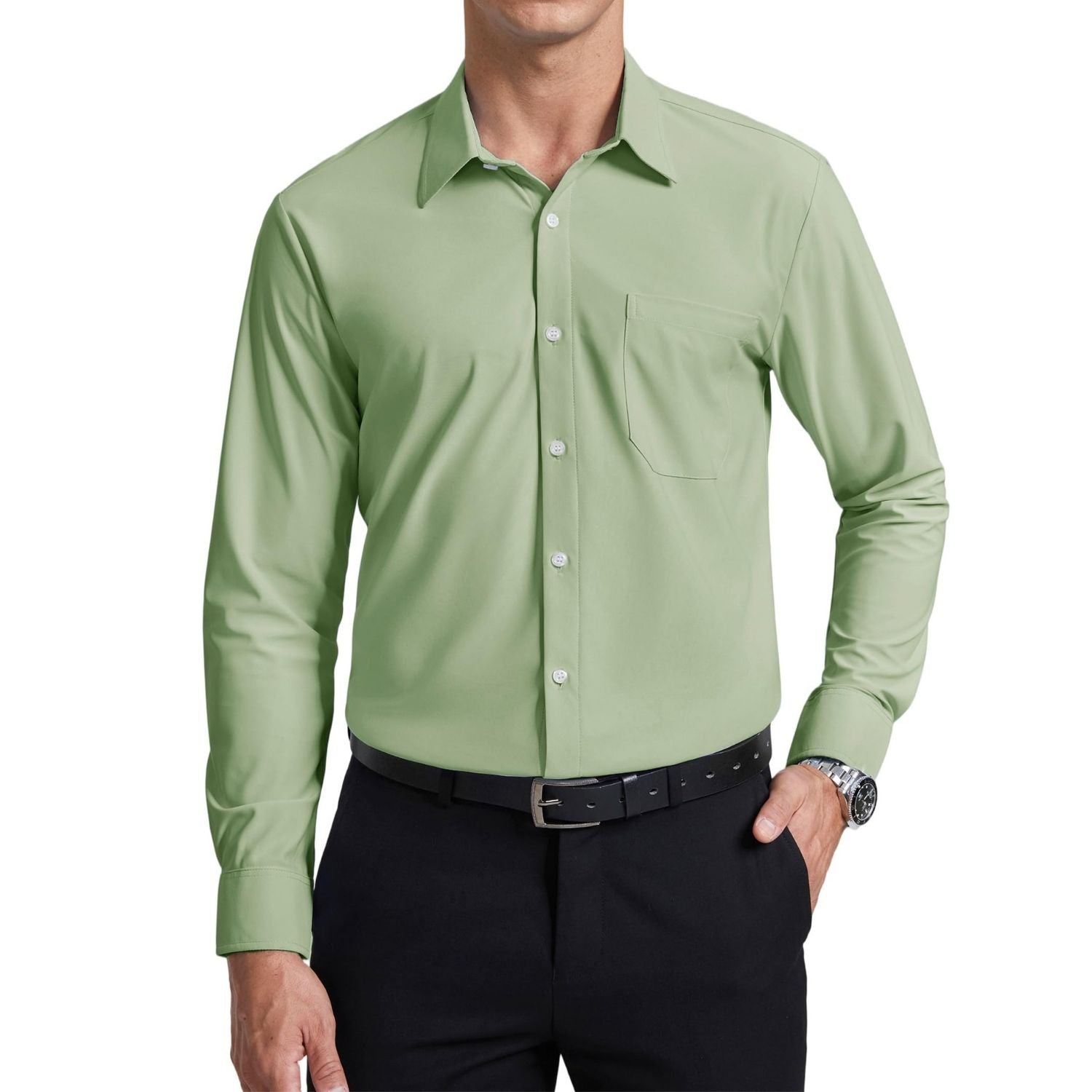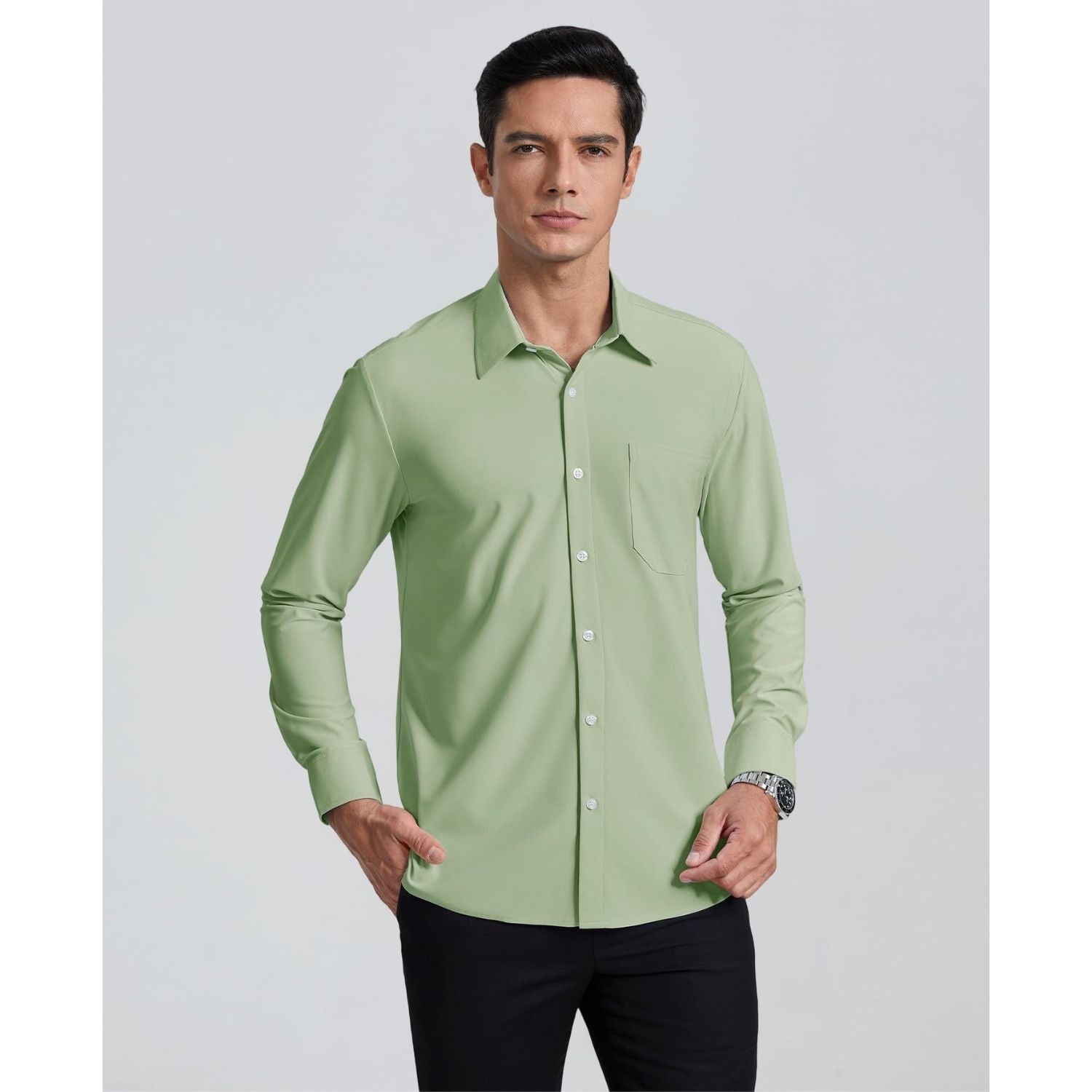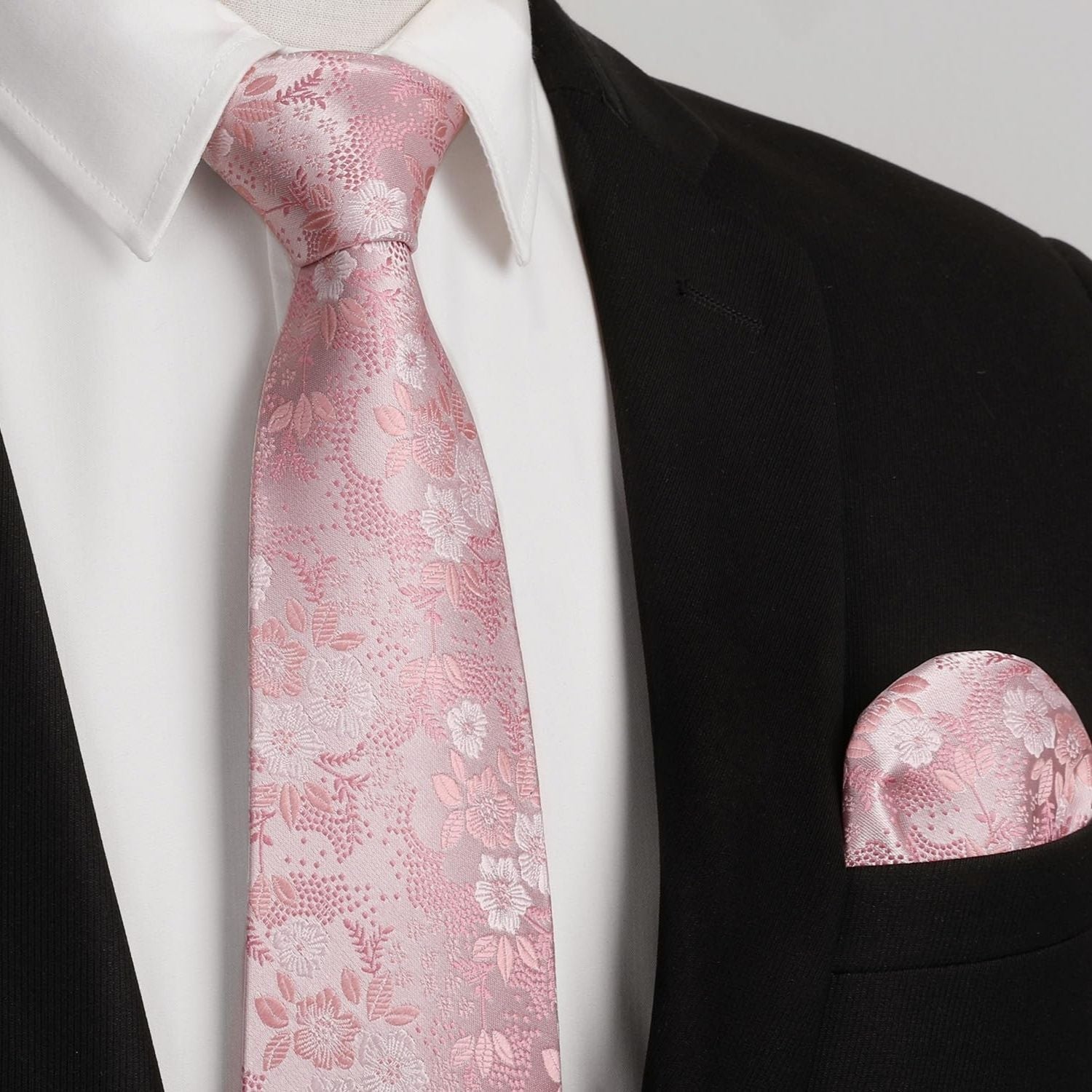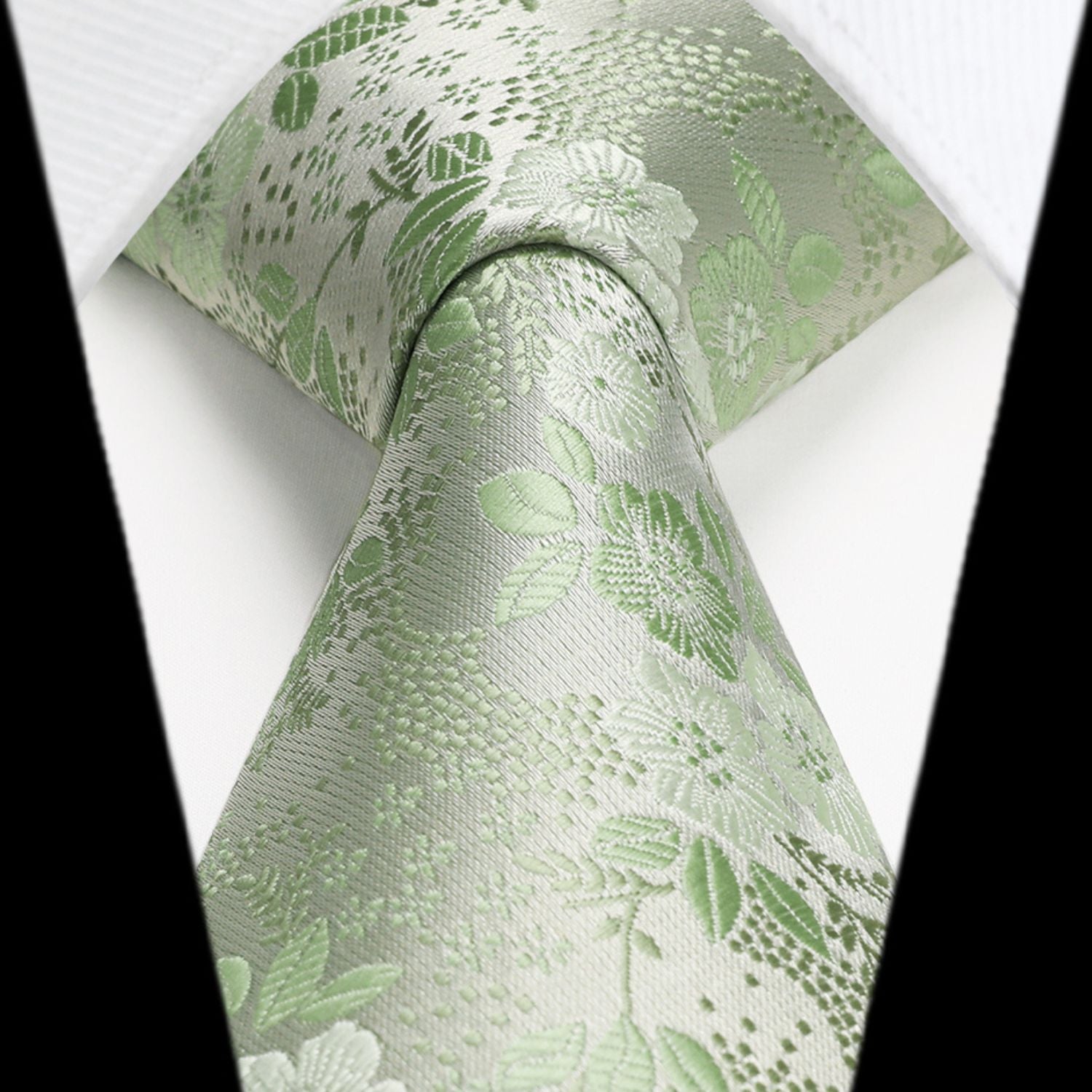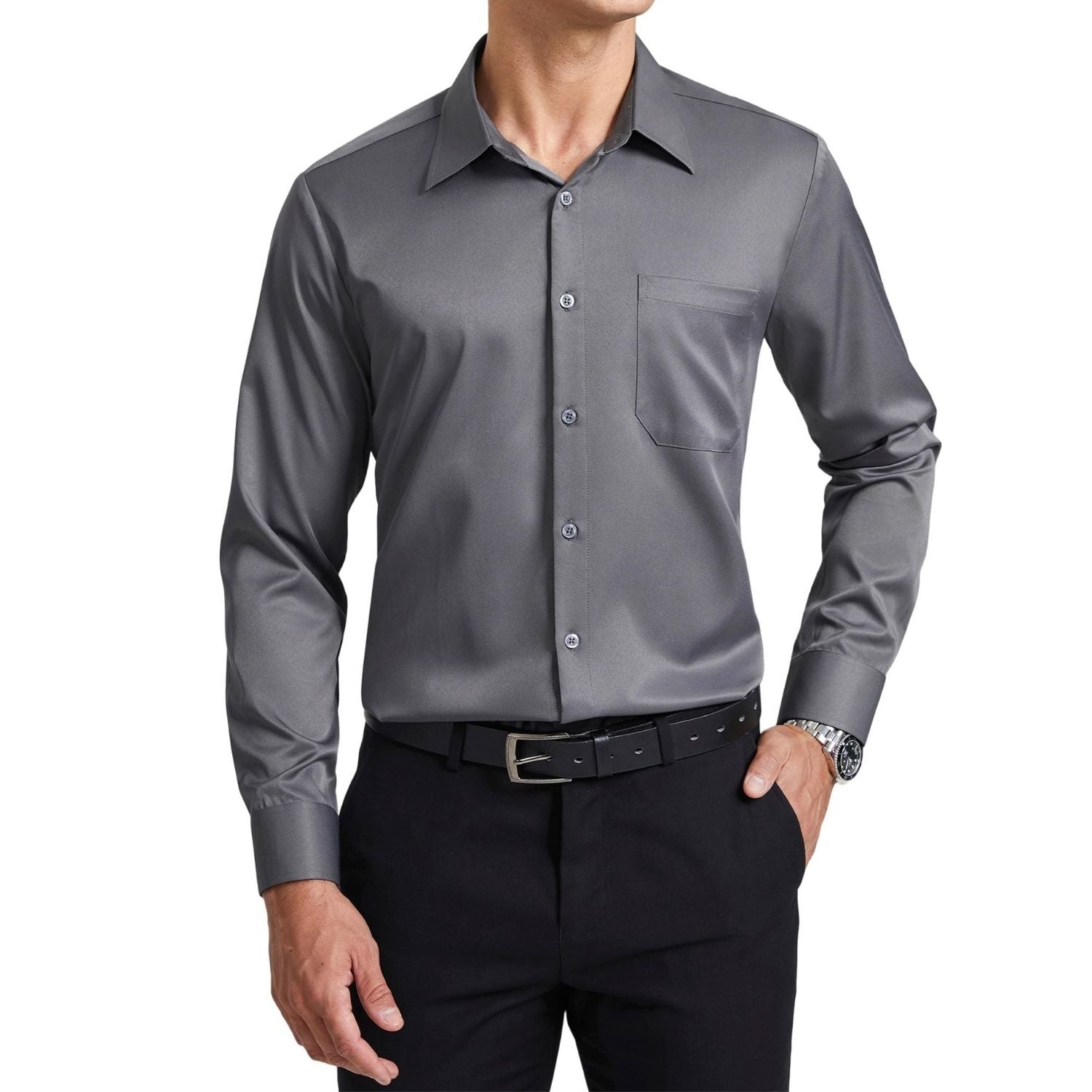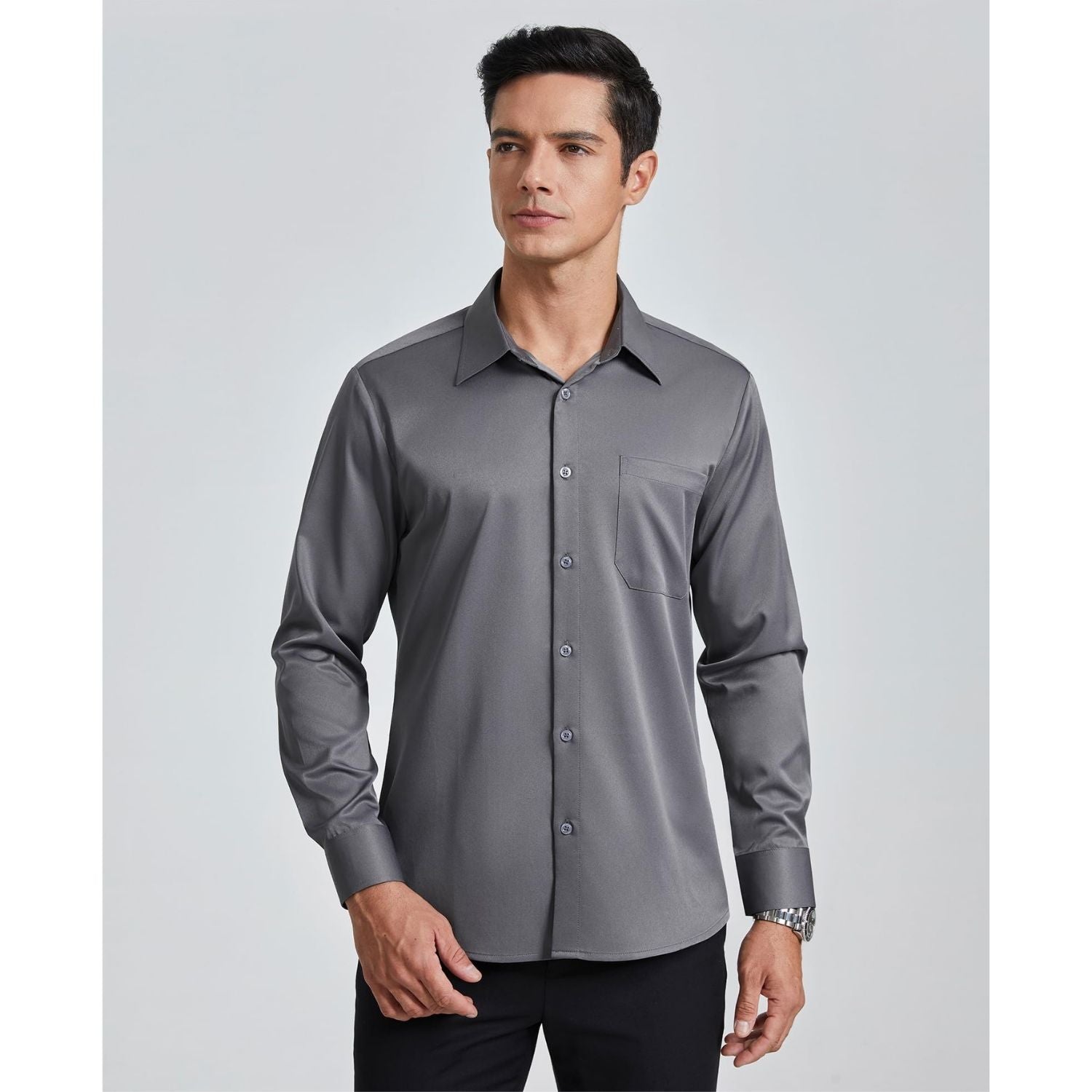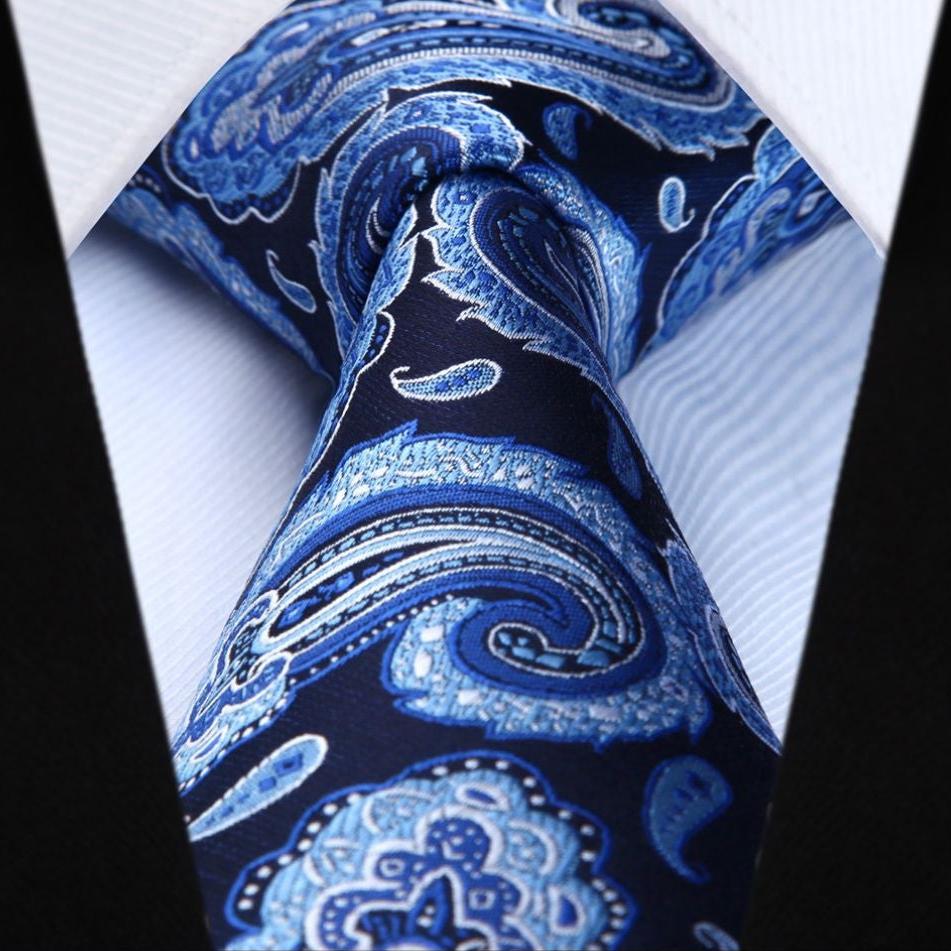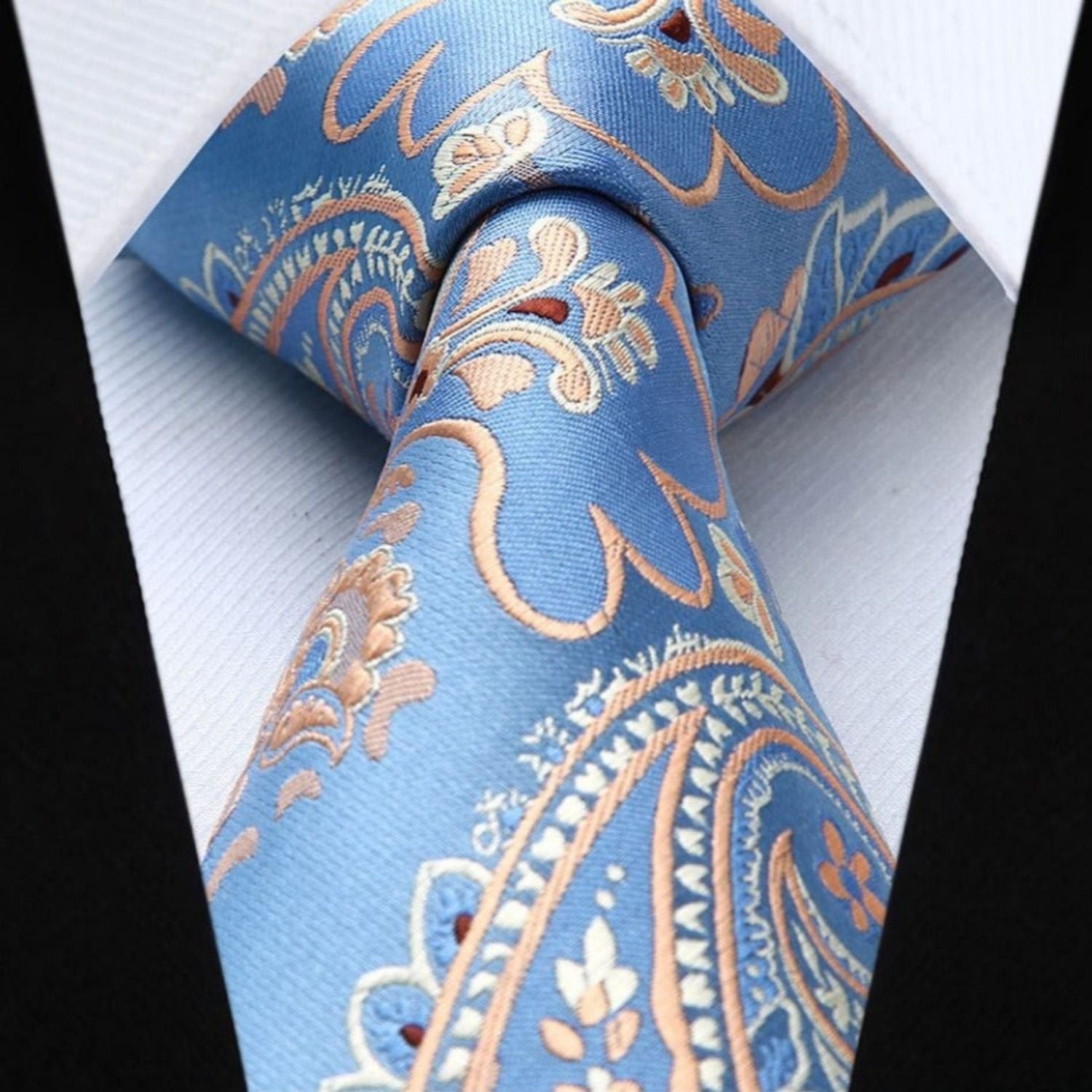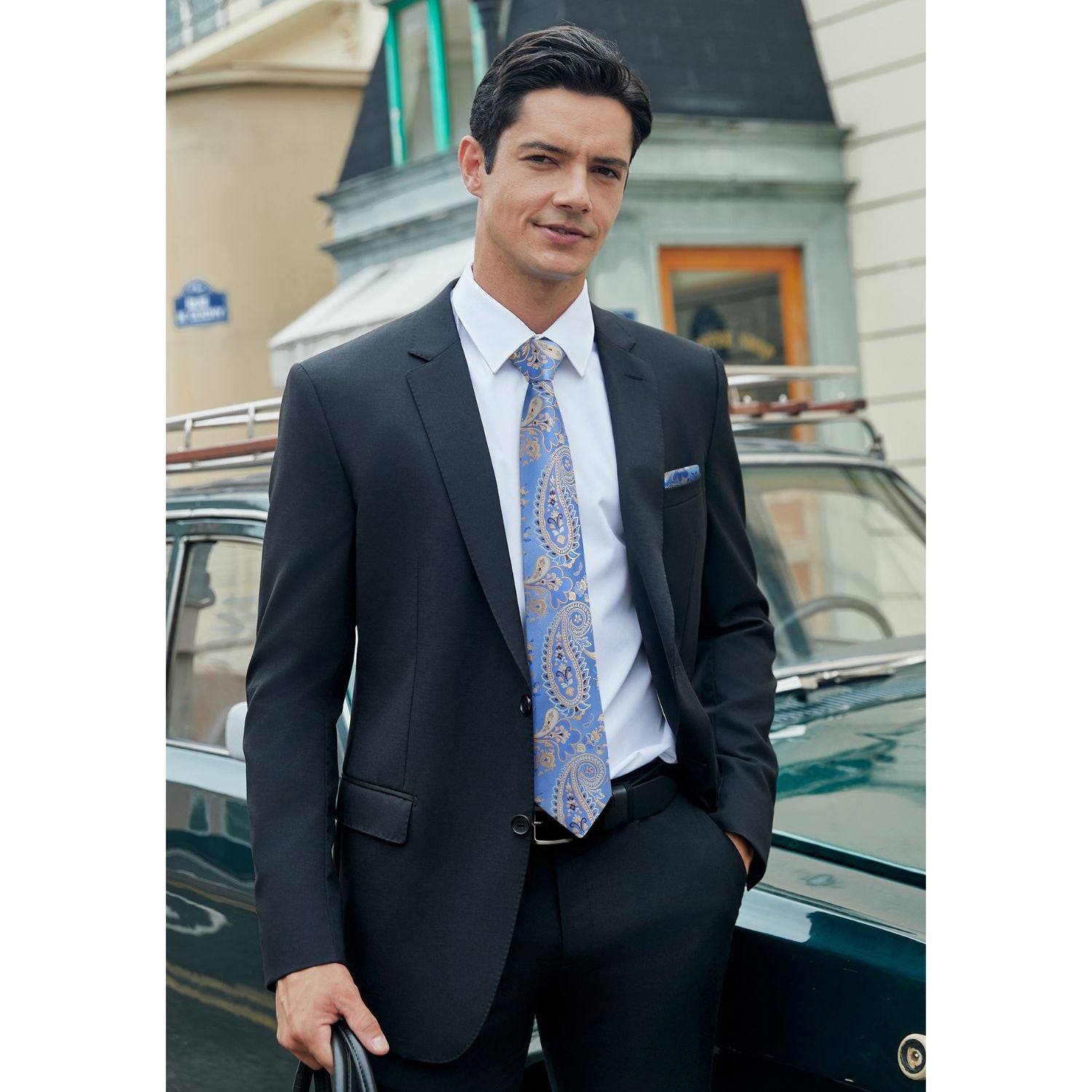Beyond the Texture: A Deep Dive into Corduroy Quality and Craftsmanship

That distinctive ribbed fabric you remember from childhood? It's all grown up. Corduroy has evolved from a utilitarian material to a sophisticated choice for the modern man's wardrobe. But not all corduroy is created equal. Understanding the nuances of this unique fabric will help you make informed choices and appreciate why it remains a timeless classic. Let's explore what makes quality corduroy special.
Understanding Wale: The Measure of Quality
The term "wale" refers to the number of ribs per inch in the corduroy fabric. This number dramatically affects the fabric's appearance, feel, and durability.
-
Fine-Wale Corduroy (14+ wales): Often called "pinwale," this variant has tightly packed, thin ribs. It drapes elegantly and has a refined, subtle texture that works well for shirts, lighter jackets, and dressier applications. Our corduroy shirt jackets often feature finer wales for a more sophisticated look.
-
Mid-Wale Corduroy (8-13 wales): This is the Goldilocks option—versatile and classic. It offers noticeable texture without being overwhelming and maintains excellent durability. Ideal for everything from pants to heavier shirts and jackets.
-
Wide-Wale Corduroy (3-7 wales): Sometimes called "elephant cord," this style features broad, pronounced ribs. It's bold, rugged, and makes a strong style statement, though it's less common in modern shirting.
Why Corduroy Endures: A Heritage Fabric Reimagined
Corduroy's persistence in men's fashion isn't accidental—it's earned through unique practical and aesthetic qualities.
-
Durability: The corded structure creates a fabric that's remarkably hard-wearing. Historically used for workwear and hunting attire, this heritage menswear fabric stands up to active lifestyles while developing a beautiful patina over time.
-
Warmth & Comfort: The parallel piles trap air, creating natural insulation that makes corduroy ideal for fall winter fabrics. Yet it remains breathable, preventing overheating as you move between environments.
-
Visual Depth: Unlike flat woven fabrics, corduroy's texture plays with light, creating rich visual interest that elevates simple outfits. This dimensional quality is what makes it such a valuable addition to a sophisticated wardrobe.
Choosing Quality Corduroy: What to Look For
When investing in a corduroy piece, attention to detail separates ordinary from exceptional.
-
Fiber Content: Look for cotton or cotton-blend corduroys for optimal comfort and breathability. The best quality corduroy has a soft hand-feel without sacrificing structure.
-
Construction: Examine the ribs—they should be even, well-defined, and firmly attached to the backing fabric. Poor quality corduroy will show loose threads or uneven patterning.
-
Color Fastness: Quality corduroy should have rich, even dye penetration. Lower-quality versions may show fading or uneven coloring, especially along the ribs.
Appreciate the Craft:
Understanding what is corduroy at a deeper level transforms it from a simple fabric choice to an appreciation of textile craftsmanship. When you choose a Hisdern corduroy piece, you're selecting a garment that honors this heritage while delivering contemporary comfort and style.


